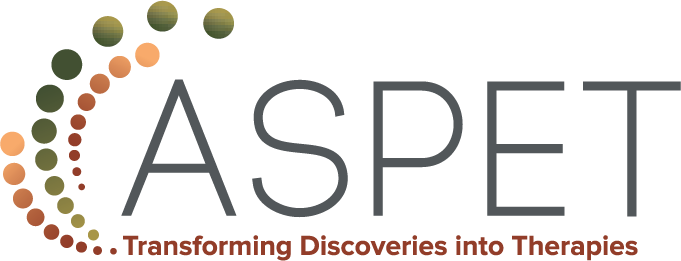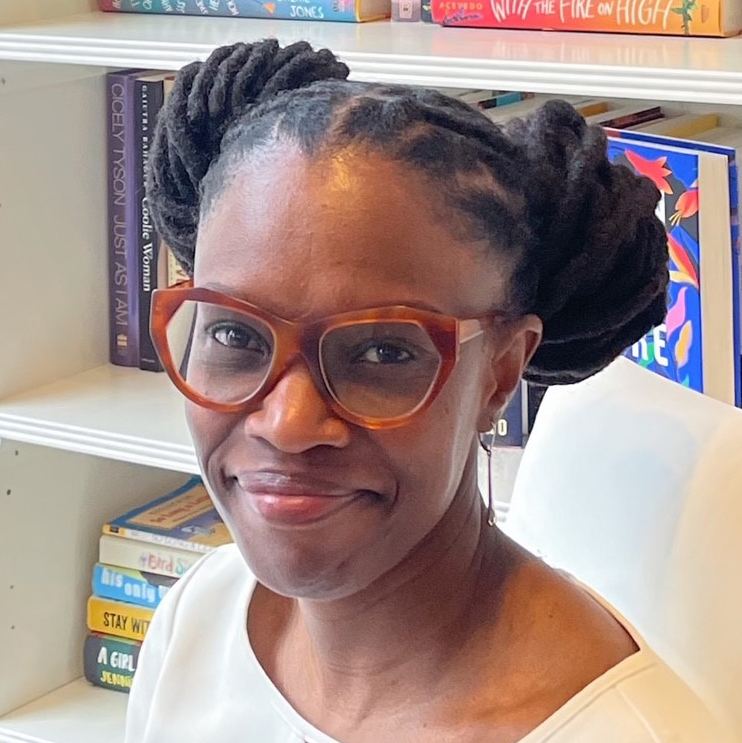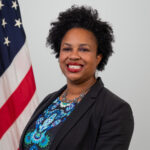According to the U.S. Bureau of Labor Statistics, medical scientists, including pharmacologists, held 119,000 jobs in 2022. These jobs range anywhere from designing and conducting studies on diseases and treatment options, to writing scientific research papers for publication in respected journals. Many untold occupations fall both within and outside of this range. For pharmacologists, though the specialties are broad, the specific job areas tend to be categorized less broadly. Traditionally, career opportunities can veer toward academia, industry, government or conducting research as a bench scientist.
In May 2022, the median annual wage for medical scientists in top industries was $99,930, according to data from the Occupational Outlook Handbook, published by the U.S. Bureau of Labor Statistics. Broken down further, scientists in research and development earned a median salary of $109,560; those in the pharmaceutical and manufacturing, $105,210; and those employed at colleges and universities earned $65,380.
Coupled with the high cost of earning and repaying student loans for a post-graduate degree, for many science graduates who are trying to find their niche, the question becomes: how do I find what interests me that will earn me a comfortable salary?
Can Having Various Interests Help or Hurt?
Chloe Kirk recently earned her PhD in biochemistry and molecular biology from the University of Miami. As a child, she always loved experimenting and trying new things, but didn’t consider herself interested in science until she was a senior in high school. During this period, she had the opportunity to volunteer in a cancer biology laboratory at the University of Minnesota Twin Cities.
In high school, Kirk learned about the exciting prospect of CRISPR-Cas9, gene editing technology that had been making waves by Dr. Jennifer Doudna. Hearing about all the possibilities gene editing could uncover, from eliminating hereditary diseases to creating a brave new world-esque dystopia, she was fascinated by how such small machinery could affect the entire human body.
Kirk also had the opportunity to shadow graduate students and learn the fundamentals of biomedical research: formulating a hypothesis, testing variables and, perhaps most exciting of all to her, seeing how basic cell biology research translated into medical science.
“Once I fell in love with the world of research in high school, I followed every opportunity to continue working in a lab through[out] undergrad,” Kirk said.
But she also had an interest in law. While working on her undergraduate degree at the University of Wisconsin and needing to decide on the next step in her education, Kirk had a decision to make.
Kirk was torn between applying for a biomedical PhD degree or pursuing law.
However, Kirk spent her undergrad years pursuing multiple interests. In her junior year, she interned for five months in Osaka, Japan doing biotechnology research.
“Spending half a year on the other side of the world, in a country I’d never visited before and didn’t know the language, doing full-time science research, both solidified my love of bench research and the necessity of pursuing higher education, to open more doors to careers in science,” Kirk explained.
She also had an interest in science education, so she volunteered and later worked for the Wisconsin Institute for Science Education and Community Engagement (WISCIENCE), where she participated in their STEM bootcamp. This program invited STEM minorities to meet fellow students to learn how to succeed in their STEM classes and careers. Kirk signed up to become a volunteer leader for the bootcamp and later helped run the program. WISCIENCE provided her with the opportunity to volunteer at the university’s library, where she helped STEM students navigate classes, find research opportunities and decide career paths. Kirk said that this WISCIENCE experience helped her discover the power of science outreach and education, which is something she strives to continue to do.
In 2023, Kirk was accepted into the ASPET Washington Fellows program, where she participated in ASPET’s Capitol Hill Day. She spoke with congressional staffers on the importance of funding science research and had the opportunity to practice her science communication skills. Kirk met other graduate students from across the country who shared an interest in science and law, which for her was an amazing opportunity to connect with like-minded scientists.
But how can one meld all these different avenues of interest into a fulfilling career?

Different Roads Can Lead to a Science Career
Exploring alternative career paths in pharmacology was the focus of a recent ASPET webinar, where panelists from various pharmacology backgrounds convened for a discussion on their career journeys.
Sophia Kaska, PhD, who works in the non-profit sector in the science policy realm, is former Senior Manager of Science Initiatives and Outreach at Research!America. Kaska explained that although she initially wanted to be a principal investigator, running her own lab and mentoring students, she began exploring different career paths after witnessing assistant professors struggle to attain tenure after dedicating many years to research. She used her postdoctoral years to explore other career paths and job opportunities.
“I learned more and more how much I really loved working on the policy side and it just so happened that with all my years of volunteer work through ASPET, I [realized] ‘Wow I really love the non-profit sector’ and that’s what lead me to Research!America,” explained Kaska.
Similarly, Yadira Pérez Páramo, PhD, was an adjunct professor at Gonzaga University, and though she loved teaching and mentoring students, she felt the administrative side of academia was not for her. She began looking for other avenues and settled on Genetech, where she works as a Senior Scientist. Originally from Mexico where she worked as an assistant professor, Páramo had intentions of settling into academia when she came to the U.S.
“I was pretty convinced I wanted to be a professor, but I later found out that maybe that wasn’t the path I was the most passionate about and that led me to explore other options in my career,” Páramo said. At Genetech she loves working for a big pharma company where she continues to learn.
Hayley Widden, PhD, works as a medical science liaison (MSL) at Merus N.V. where her job is to be the bridge between the clinical setting and the pharmaceutical company.
“I was doing a lot of networking, and I met an MSL that worked for Merc, and I just fell in love with the idea of being able to travel. It’s a very driven role so a lot of my day-to-day is interacting with doctors making sure they’re updated with current data,” Widden said. She also explained that people with PhD, PharmD and MD backgrounds can transition to this career field.
Harshini Neelakantan, PhD, decided that she wanted to explore her options in industry after realizing that the opportunities in academia were limited. She is the co-inventor of the company Ridgeline Therapeutics, where she also serves as its Executive Director for Research & Development.
“It was a self-exercise that led me to the option of wanting something to do in industry, and I ended up taking a research scientist position in academia, but really something that would turn into a potential startup,” said Neelakantan. This position was her gateway into industry and the opportunity to work on a project that eight years later developed into a company.
Interestingly, Elizabeth Gichana, PhD, still doesn’t know where she wants to be, but thus far she has established herself as a consultant at Boston Consulting Group. Wanting to have a balanced lifestyle and witnessing a professor who was very stressed with running his lab, Gichana expanded her mind.
“I started exploring opportunities to use the things that I really loved about research, such as answering questions and working in teams, and where else can I do this if not in the lab at the bench, and then I stumbled into consulting,” Gichana said.
Gichana has the opportunity to gain exposure to other aspects of science that she’s never done before. She’s found a way to buy some more time for making a final career decision.

The Necessity of Networking
“The most valuable piece of advice to learn about non-traditional science careers is to talk to people,” said Chloe Kirk. She advises not to be afraid to reach out to people on LinkedIn or to go to a networking event with questions.
“I learned about so many career paths I didn’t know existed from what other scientists leaving the academia versus industry bubble explored and shared.”
Widden also encouraged early-career scientists to take a step back if you’re interested in a career outside of academia and hone those skillsets learned in the lab that are transferable to other working environments, including critical thinking and leadership skills. She stressed the importance of making the effort to learn from others about job roles and industries.
“Go to conferences where you can network with people whose job role interests you, but also virtual networking that a lot of people are open to these days,” Widden explained. She said that reaching out to people on LinkedIn, asking for a 15 or 30-minute informational interview is a great way to network virtually.
Kirk explained that she also conducted informational interviews with scientists who made the jump to science policy, a field of interest that she was contemplating. She had considered a legal career before graduate school, and through speaking with enough people, came to learn about a way to combine her interests in science and law through science policy. She loved learning how to communicate science to enact change on a federal level and began applying for post-PhD fellowships in science policy, which led her to ASPET’s Washington Fellows program.
Kirk learned about so many career paths she didn’t know existed from what other scientists leaving the academia versus industry bubble explored and shared.
Consider Pursuing a Science-Adjacent Career
Deciding on your career when you may have multiple interests may seem daunting especially if you have not seen examples of it within your circle or elsewhere. For this reason, it’s important to explore, network and reach out to people you do stumble upon who can answer your questions. These conversations can help expand your outlook on the possibilities of potential science-related careers that are non-traditional, but very achievable.
Kirk eventually found her calling in a field that allows her to combine her love of science and law.
“In my last year of graduate school, as I started applying for science policy fellowships, I spoke to someone who had moved into patent law. When they described keeping up and being part of cutting-edge science as well as the possibility of attending law school, I realized patent law was ticking every box. I fully immersed myself in talking with scientists in patent law, ultimately landing on that career path.”
Kirk currently works as patent law clerk in Washington, D.C. Her general responsibilities are to aid in patent prosecution of U.S. and foreign applications and portfolios. Her next steps are to take the patent bar exam and attend law school to become a patent attorney.
The job outlook for medical scientists, including pharmacologists, is projected to grow 10 percent between 2022 and 2032. Many of the expert panelists on the ASPET webinar advised utilizing your time to find the right career path that fulfills you.
Widden suggested seeking out niche conferences that provide networking opportunities for a very specific field. It’s during these conferences that you will not only meet people, but learn the lingo associated with that field.
As Widden so eloquently quipped, “if you can talk the talk, you can walk the walk!”
Author
-

Tricia McCarter, CDMP, PCM, is ASPET’s Senior Coordinator of Marketing and Communications and the Managing Editor of The Pharmacologist. She has more than five years of communications and marketing experience within the non-profit industry. She holds a master’s degree in journalism and a double certification as a Certified Digital Marketing Professional through the Digital Marketing Institute and a Professional Certified Marketer in Digital Marketing through the American Marketing Association.
View all posts



